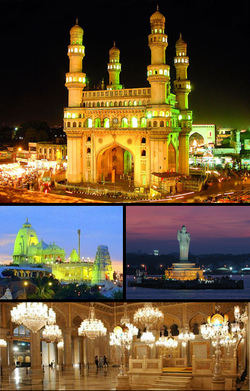SHANKU/GNAMON LESSON
8
- The Gnamon has conical shape and sharp point at one end circular potion on the other end. If we keep any object which is in round shape infront of sunlight, it casts a shadow up to certain distance in the form of cone. As Gnamon having the sharp edge at one end facing the sun attracts quantum of energy like SRIYANTRA.
- On the same principle, gold kalashas are installed on top of the temples. Anything in form of cones attracts energy.SIZE OF CONE:- According to Narada Samhita, the length of Conch should be 24” or 20”or 12”.Its divided into three parts. The first part contains 4 angles, middle part contains 8 angles and the last part is round.Acording to Jyothir nabandana, Poorva Kalamirita, Vashista Samhita. All unanimously agreed to the length of 12”.However with a difference of 12”, 16”, 23” or 24” shankus can be made.The Shankus made up of Red sandal wood/rose wood/red teak woods is the best.Where Shanksthapana should be done ?The shankustapana should be done at nabhi sthana of Vastu purusha.Prathamestikanyasa :- fixing of the first brick for the construction in north east direction. The shankusthapana and laying of first brick should be done simultaneously.Shankstapana should be done in day time.
